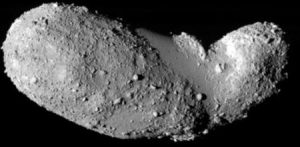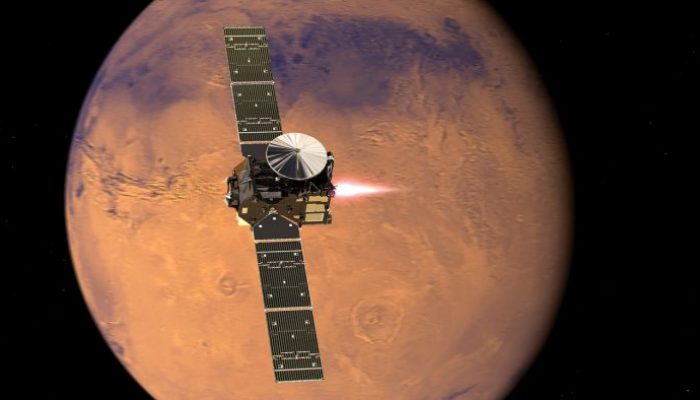Normally, September is not people’s favorite month as it goes with the end of the summer holidays, the beginning of the academic year and that of autumn. Not much to be happy about.
Thankfully, space and planetary science is here to help you overcome this difficult period with lots of exciting events.
Fly me to Bennu
Asteroïds and comets were formed at the same time as the other planets, at the beginning of the Solar System. But unlike planets, they have not been altered by active geology, erosion or life. They are in pristine condition and can give precious information about the formation of our solar system.
But despite our efforts, studying an asteroid from the orbit is not as efficient as experiments that can be conducted in a lab with a better equipment. This is why the samples from the lunar soil brought by Apollo (USA) and Lunokhod (USSR) missions are so valuable. And there has been an old desire to have a mission that would bring back samples of an asteroid to Earth.
A first attempt was made by the Japanese probe Hayabusa launched in 2003 which flew to the asteroid Itokawa. The probe tried to take a sample by throwing a projectile to the asteroid while flying very close to it and then “suck” a few grams of ejected samples from the surface. Sadly, the experiment didn’t work fully and only a few micrograms of dust were taken and brought back to Earth in 2010.

Picture of the asteroid Itokawa when visited by the Hayabusa spacecraft. Credit; JAXA
NASA has now a similar plan with the mission Osiris REX, which will fly by asteroid Bennu and take a sample. This mission is launched on the 8th of September and will take a few years to reach Bennu in August 2018. Then, after an observation period, the probe will try to take a sample from the surface with an extended arm that will touch the surface for a few seconds while blowing nitrogen to lift materials from the surface and capture them. The spacecraft will then leave Bennu in 2021 and bring back the sample capsule to Earth in 2023.
If everything goes well, up to 2000 grams could be taken, allowing for a detailed study of the components of this alien soil in ground-based laboratories!
Rosetta’s Grand Finale
If you’re a space enthusiast, you’ve probably heard of the Rosetta mission to comet 67P Churyumov Gerasimenko. This European mission is designed to study the comet for a long period, in particular studying how the comet changes as it moves around the Sun. As the comet moves closer it gets warmer and the tail and coma start to form. One of the goals was to monitor this activity of the nucleus of the comet, before, during and after its closest approach to the Sun.
But Rosetta is also a famous mission because it carried the lander Philae which successfully (but not without some bumps) landed on the comet and carried some measurements. The adventures of Rosetta and Philae were followed with a lot of attention by Earthlings, including the recent retrieval of Philae, but ESA has one final trick up its sleeve. [Read More]

